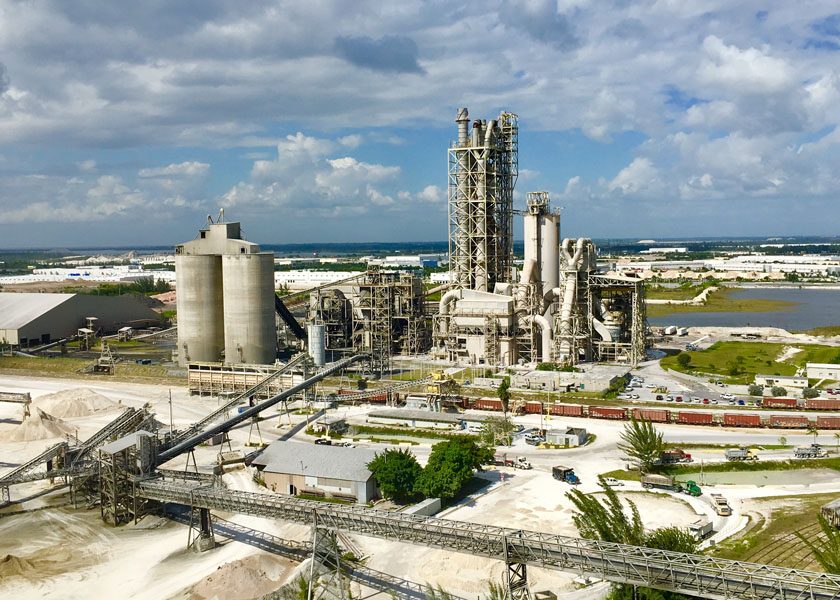The Cement Association of Canada released the following statement in response to a recent BBC News article.
The cement industry welcomes the BBC’s recent article discussing the importance of concrete as the most used, most versatile and most durable construction material on the planet. Virtually all the infrastructure that defines the modern world simply could not exist without it.
Contrary to the headline’s implication, however, it’s no secret that concrete, like all building materials – including steel, aluminum and wood – are carbon-intensive to produce. Nor have cement producers, the origin of most of concrete’s CO2, been idle in facing this challenge.
While Ms. Rodgers implies that the solution to addressing cement-related CO2 exists outside the industry in the form of “novel cements,” a closer look would showcase a strikingly innovative sector making massive investments in a far more realistic and impressive portfolio of solutions.
In fact, the industry years ago published a technology roadmap, laying out in scientific terms what mix of technologies will be required to meet our sector’s share of the 2015 Paris commitments. Some of these technologies are available today. For example, as your article notes, substituting fossil fuels for lower carbon alternatives such as waste biomass could reduce emissions by 40 percent at some facilities and over 25 percent across the global portfolio of cement producers. What’s needed to make this happen is regulatory and policy reforms to unlock access to these fuels – an effort our industry is working closely with legislators and policy makers to achieve.
Far more exciting is the rapid development of Carbon Capture Utilization and Storage (CCUS) technologies. Canadian start-up CarbonCure, which injects CO2 into concrete to make it stronger, is already seeing huge success in North America and expanding into Asia. A cement facility in Norway is aiming to be the first zero carbon cement facility in the world with full scale operation only five years from now. Mineralizing captured CO2 into substitutes for virgin aggregates or other products could even help produce carbon negative concrete. Most importantly, CCUS solutions are transferable across all facilities and across multiple sectors.
All told CCUS represents a $1.7 trillion opportunity, which is why it will succeed, and cement and concrete will be among the first sectors where these technologies become both economic and scalable. These are nothing short of stunning, game-changing developments.
Strangely, while illustrating that CCUS and fuel substitution could effectively address 100 percent of concrete’s CO2 emissions, the article brushes these technologies aside, suggesting that these efforts “will help, but can only do so much.” How much more than 100 percent would be enough? How many other sectors can claim a credible path to carbon neutrality?!
While novel cements will play a role, scale and performance limitations that restrict their use to specific applications mean it is these technologies that “can only do so much.” Our efforts are much better directed toward eliminating fossil fuels to the greatest extent possible, and rapidly developing and deploying nascent CCUS.
Concrete is quite simply indispensable. It’s true that most people don’t spend much time thinking about it, nor its CO2 emissions. But rest assured, we think about these things obsessively and are forging a path on climate leadership few other sectors can boast.



